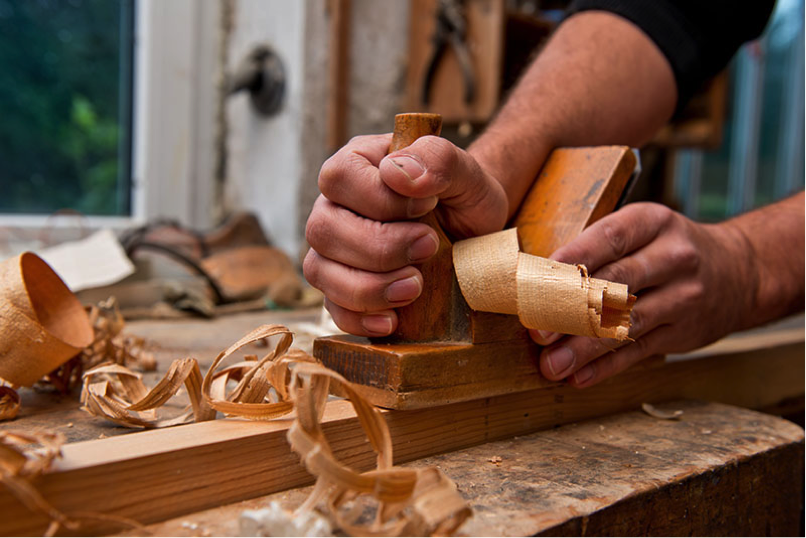Personal preparedness means different things depending on who you are and what your situation is. To an inhabitant of the Florida Keys, preparedness means having items to outlast a hurricane. To a city dweller, preparedness might be having a can of mace in her purse. To a survivalist, preparedness might mean having a semi trailer […]
Month: February 2017
Can Food Organizer Review with a 4 Year Update
The cardinal rule of food storage is store what you eat and eat what you store. In my home we eat can food, and we go to the local ALDI and buy our can food by the flat. Now we do mark the month and year on the top of each can with a […]
Tips For Non-Carpenters on How to Build Your Own
I am not a carpenter by profession. However, I have a strong desire for the carpentry work. I have a passion for the woodwork. You cannot deny the fact that carpentry is a significant job and almost all the home needs it for some or other reason. Actually, it beautifies your home interior and brings […]
ITrack Easy Key Finder Review
have been loosing my keys pretty often, my son is in the stage where he likes playing with my stuff and if I don’t put them where he can’t reach them he plays with them. When I got a chance to review this small key finder fob I thought I could use it as a […]
prO-Bub Kid Ear Muffs Review
#probubearmuffs As a father and a firearm instructor, I have been on the lookout for good quality hearing protection for my son. Kid Ear Muffs are not something I am willing to compromise with. My bot is 4 and while I don’t think he is ready to shoot a “real gun”, I have more than […]





